There Are Only 3 Ways to Provide Value to Your Customers: Which One Will You Choose?
 Sunday, April 5, 2015 at 9:22AM
Sunday, April 5, 2015 at 9:22AM
Maybe the most obvious Business Function that every startup founder, but also CEO, VC or strategy consultant, has to clarify is what I call the Market Function: how will the company provide value to its customers?
The answer is not always obvious. Think about it: imagine you want to launch a business to answer the need of companies to manage their online marketing campaigns. The way to provide a solution to those customers depends on many things:
- Your organization: If you are a startup, options may be quite open. If you’re a BU in a corporation, you may have to follow the internal business policy.
- Your internal resources: If you have in-house technical talents, you may develop a system. If not, you may rely on external actors.
- Your core businesses: If your main activity is IT consulting, you may propose customized solutions. If you’re a software editor, you may develop a new product.
- Your relations with customers: If you already provide solutions to the targeted customers, you may propose an add-on of the same kind. If not, your options may be more open.
- The existing ecosystem: If solutions already exist on the market, you may provide related services to existing users. Or you may be a value-added reseller.
How can we categorize the different ways to provide value to customers?
There are actually different modes for generating and delivering value. Each one has its own characteristics and its own advantages. There is no better mode: it all depends on business conditions. But basically, there are only 3 modes: Producing, Trading and Operating.
What defines those 3 modes for value provision is where that value is generated.
- Producing mode: most of the delivered value is generated through the organization's processes (ex: Ernst & Young, Toyota).
- Trading mode: most of the delivered value is already included in the organizations' supplies (ex: Barnes & Noble, Tesco)
- Operating mode: most of the delivered value consists in the usage of the organization's resources by its customers (ex: Avis, Verizon).
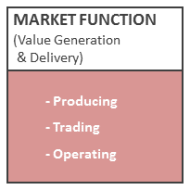
The choice of the Market Function mode is not just an operational choice: it may also impact the choice of the targeted customer segment. It is a fundamental strategic choice for the business: it will drive future results, and probably determine the outcome of the project.
So let’s go back to our example above. What possible options could you adopt?
- The “Producing mode” solution: developing customized systems for fortune 500 companies.
- The “Trading mode” solution: reselling existing software solutions to your current customers.
- The “Operating mode” solution: operating a SaaS (Software as a Service) platform used by your customers.
The diversity of options is not only for the IT business world. We can adopt exactly the same approach with more standard businesses. Imagine the options for a pizzeria business. Here are some possible options:
- The “Producing mode” solution: a standard pizzeria, where pizzas are prepared on-site by the cook.
- The “Trading mode” solution: a fast-food style pizzeria where frozen pizzas (bought from a specialized factory) are just heated.
- The “Operating mode” solution: a do-it-yourself pizza place where customers experience the preparation and cooking of their own pizzas.
In many cases though, the actual way companies generate and deliver value to their customers is by mixing the 3 modes above. To take a simple example: movie theaters mix the Trading mode (they somehow “resell” movies to their customers) with the Operating mode (customers benefit from the theater’s infrastructure).
Takeaways
Deciding which Market Function mode to adopt is a fundamental move for any new business. It has to be done carefully.
So here are the different steps to make the right choice:
- Identify your business conditions (organization, resources, core businesses, customer relations, ecosystem…)
- Evaluate the “Producing mode” solutions. Important: what are the key internal processes to generate value?
- Evaluate the “Trading mode” solutions. Important: what are the key inputs and their associated suppliers?
- Evaluate the “Operating mode” solutions. Important: what are the key resources that customers will use?
- For each mode, evaluate the impact on the choice of the customer segment.
- Choose the best solution!
So: what Market Function modes do you think were actually chosen by McDonald’s? Disney? Uber? Salesforce? Apple?
For more insights and more examples: http://www.bm2business.com/market-function/

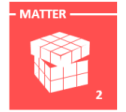

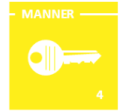

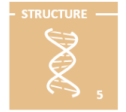
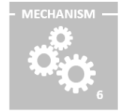
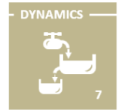


Reader Comments